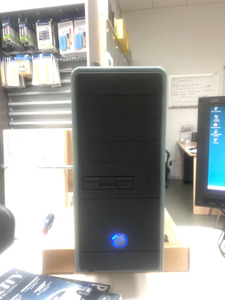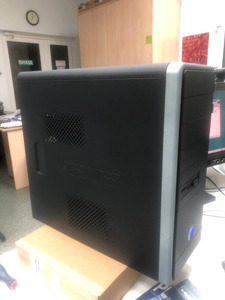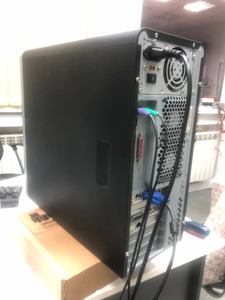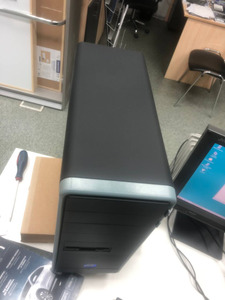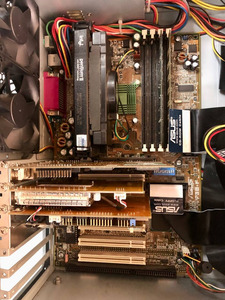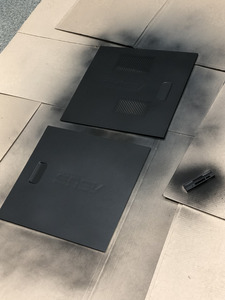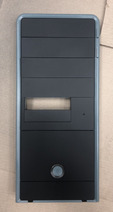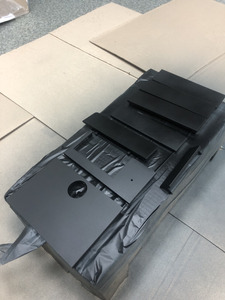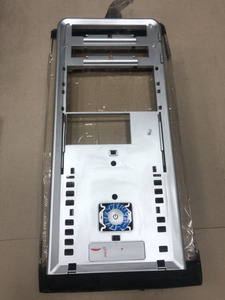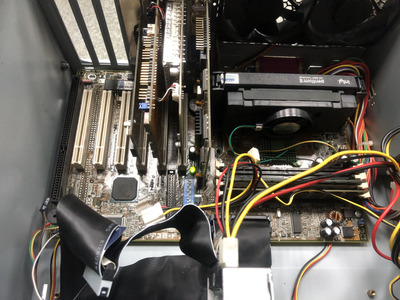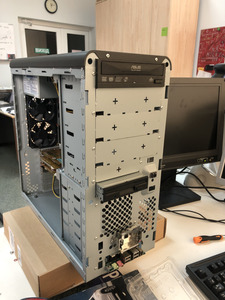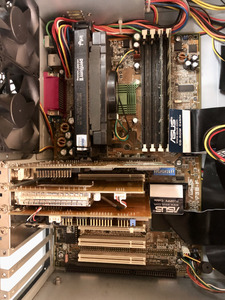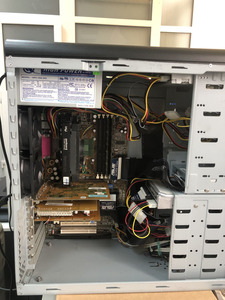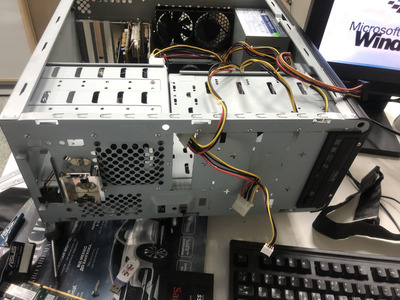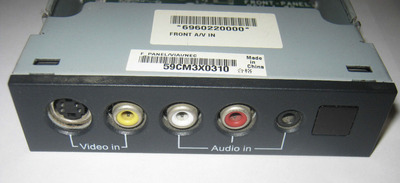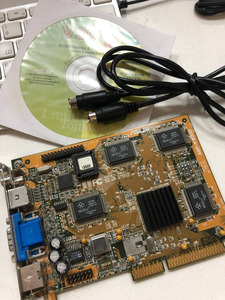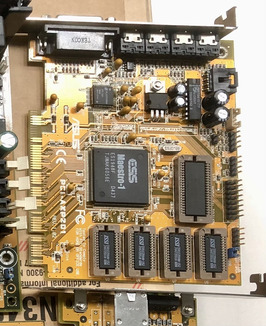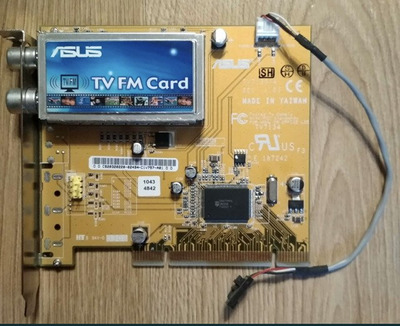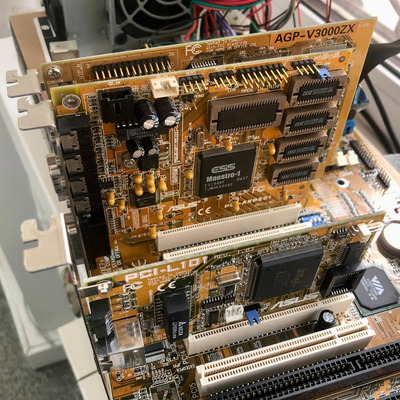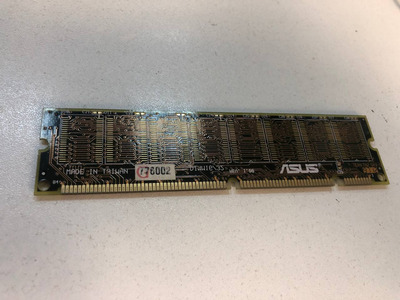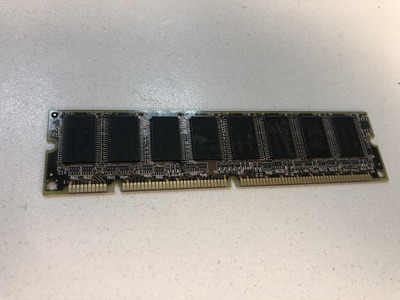@HanSolo
Thank you for your reply.
Talking only about the TV tuner is a little out of the topic, but as my point of view is linked to it, here it is 😀
I agree that a well made composite cable or even better, a S-Video cable (well made or not) is the way to get the best from the C64 (if the C64 support S-Video, not all have it, mine doesn't) but most of the older machines only have RF output, so not a choice, except with modding. Also about the C64, the VIC-II signals are analogue and noisy by nature anyway, so getting a perfect sharp picture is not possible, but not needed too.
For the bad quality of a recorded VHS, that's totally possible... That was mainly recorded games from consoles, and the picture was nice played on a TV. But I tried different other options to capture at later dates until mid-2000, always with no success. Things where very blurry, over-saturated with washed colors. The last try for example was to use the composite input of my GeForce 7800 GTX VIVO and finally not selecting it too. But for it, I do not remember why exactly... Maybe because of the bad picture quality, maybe because the overall experience was not great 😒
Since around ~2015, I have a XRGB-mini and a XCAPTURE-1 from Micomsoft for all what is composite, S-Video, RGB, VGA, component and HDMI which is a great combo. And most of my games recorded sessions on VHS where ripped in RGB with a high end VCR and some post-process behind and the result is quite good. But I still have nothing for capturing RF except maybe the said VCR if it can use one of the console/computer channel frequency. So the idea of @Babasha had for its nice PC, is I think a good solution for such devices. If the picture quality is nice enough. Meaning we can identify what is on screen, not having sharp colored pixels sliding perfectly through the screen.
Knowing things is great. Understanding things is better. Creating things is even better.
